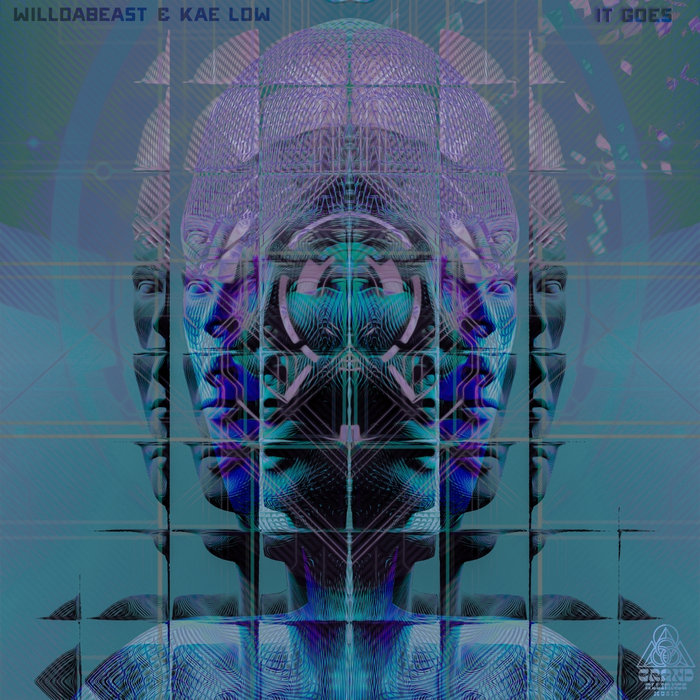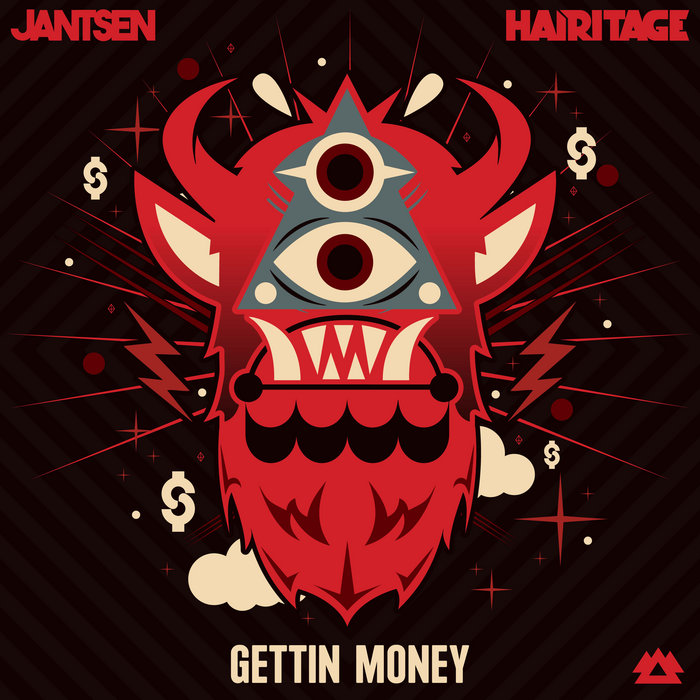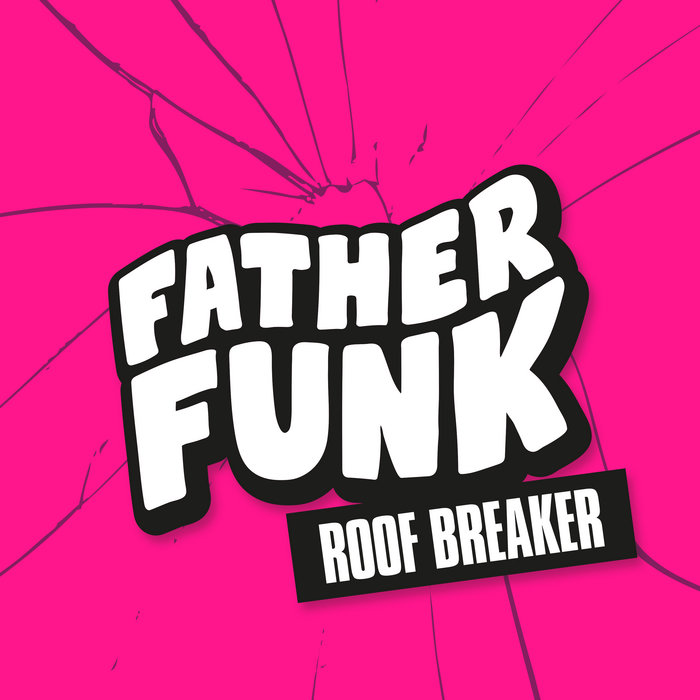
Nestor Torres – Tierra Colorá (Mystic State Remix) – Mystic State
this blog is GROOVY – check out great Soul, Funk, Jazz, Hip Hop, Bass, Breaks , Reggae, House n many more TUNES
Hey there, music lovers! Let’s take a ride through the pulsating world of dubstep and electronic music, where beats drop harder than your favorite DJ’s pizza. Grab your headphones, turn up the bass, and let’s groove!
The story starts in the late 1990s, over in London town. Imagine smoky underground clubs with dim lights and people moving like they’re made of liquid. This is where dubstep began to bubble under the scene—an offspring of garage house music laced with a touch of reggae influence.
Dubstep grabbed hold with its heavy basslines and syncopated drum patterns that were so thick you could cut them with a knife. Think about it like this: if electronic dance music (EDM) is a full-course meal, then dubstep is that spicy side dish that sneaks up on you!
By the mid-2000s, things started heating up. Artists like Skream, Benga, and producer legend Burial cranked out tracks that had listeners hooked from first listen to last beat drop. Burial’s album Untrue became an iconic masterpiece; you’d swear he was spinning tales from rain-soaked streets wrapped in haunting melodies.
Then came 2011—the year when dubstep burst into mainstream consciousness thanks to artists like Skrillex whose signature sound had people head-banging hard enough for neck braces to be a thing at rave parties worldwide! You know you’re doing something right when even grandma starts humming “Scary Monsters and Nice Sprites” during family dinners.
Just as one flavor can’t satisfy every palate, dubstep has given birth to many sub-genres—each bringing its own distinct twist:
This is where things get loud! Characterized by aggressive bass lines and hefty drops made popular by Skrillex himself. If your neighbors aren’t complaining after listening to bro-step… are you even playing it right?
On the opposite end lies chill dub — think deep grooves perfect for lounging around lazily on sunny afternoons or while sipping coconut water at your local beach bar.
Want more chaos? Enter tear out – high-energy tracks designed specifically for those nights when standing still just isn’t an option anymore!
As time rolled onward into the 2010s—and beyond—dubstep didn’t just stay cooped up in London pubs; it traveled across oceans making waves everywhere—from America all the way down under Australia—bringing together cultures through shared love for electrifying riffs & drops.
Collaborations became key too! Helping genres merge resulted in fantastic fusions including rap-infused tracks featuring stars such as Kanye West or Diplo working alongside pop icons like Madonna (remember “Give Me All Your Luvin’”?).
Fast forward today: we see more musicians diving headfirst into this captivating genre than ever before–from insane collaborations spanning different styles (hello metal/dub crossover!) all until mainstream top-charting success catapulted new-era DJs onto global stages…
And let’s not forget about technology transforming everything—we now have AI helping produce beats faster than you can say “turntable”! While purists may quibble whether AI counts as an actual artist (let us give credit where credit’s due), one thing remains sure: creativity knows no bounds here!!
Speaking about tech advancements – some producers create tunes using iPads nowadays instead of bulky equipment…it really goes back-to-basic DIY vibes but with modern flair—a total throwback situation!
So there ya have it—the groovin’ history behind dubstep & electronic music filled with ups-and-downs worthy rhythm for any foot-tapper out there! Remember always keep those headphones handy because who knows what funky madness awaits next?!
Whether you’re bouncing around a festival ground or vibing solo beneath twinkling stars; feel free embrace whichever genre brings joy – after all that’s what this whole musical journey’s truly about : feeling good 💃🏽✨

Nestor Torres – Tierra Colorá (Mystic State Remix) – Mystic State

it goes – Willdabeast & kae low

Gettin Money – Jantsen, Hairitage

Roof Breaker – Father Funk